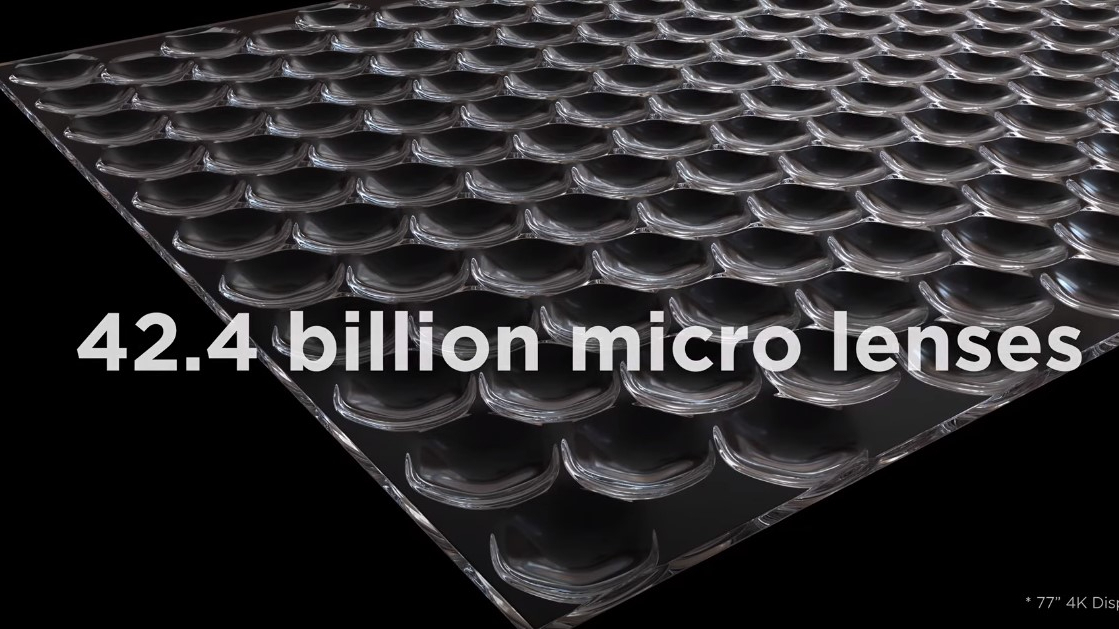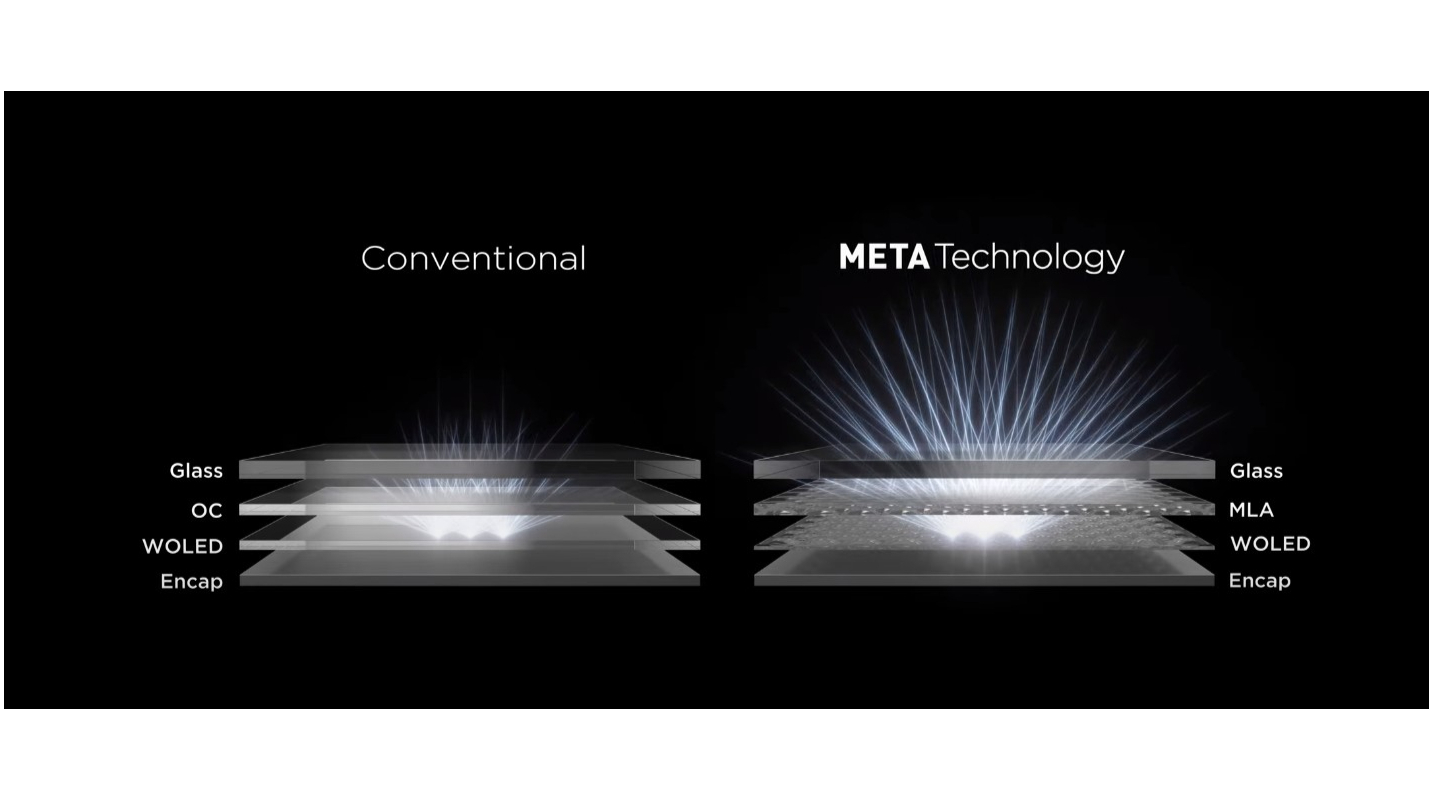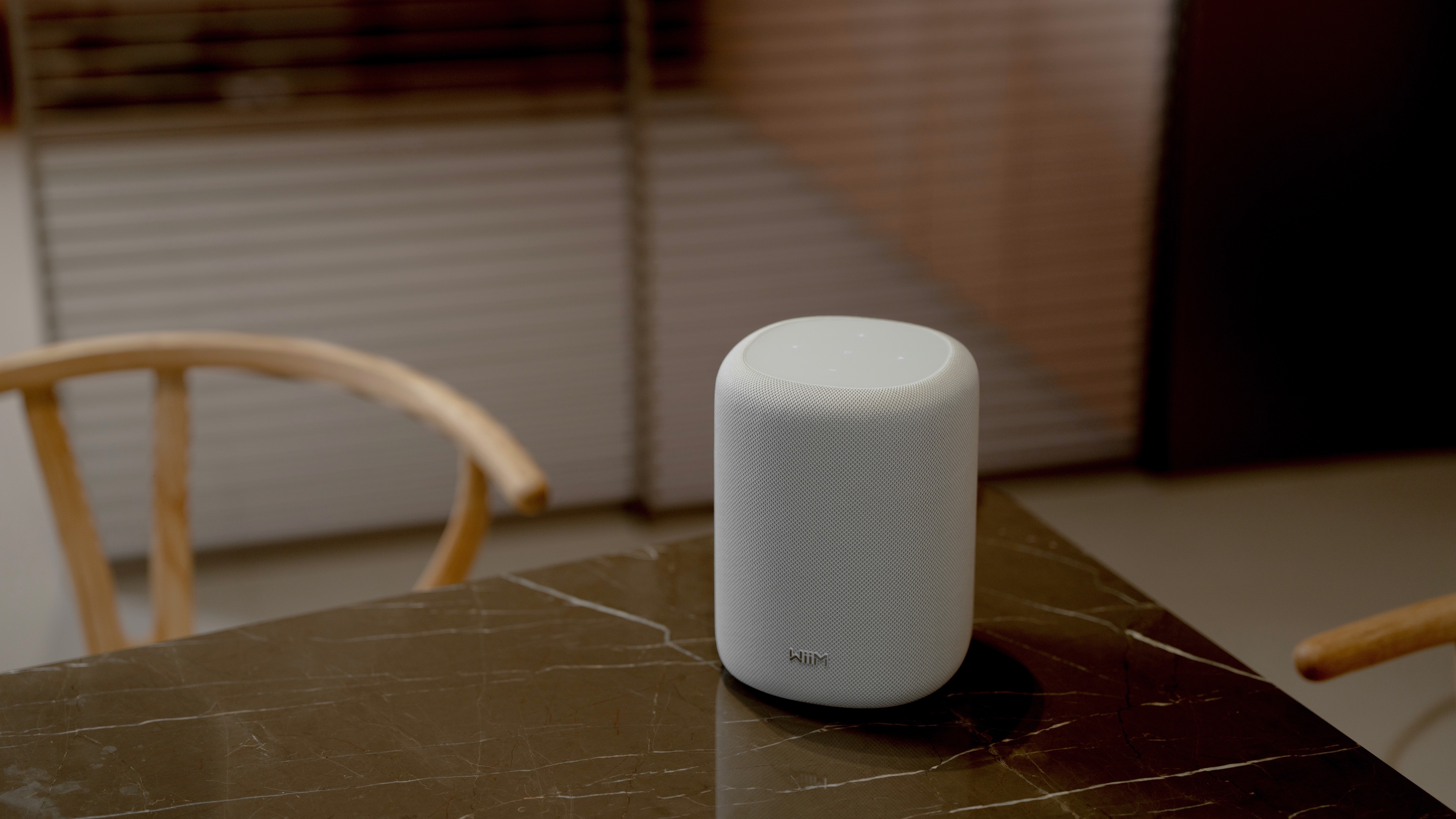What is Micro Lens Array (MLA) technology?
The new screen technology that could shape the future of OLED TVs

Last year's LG G3
(Image credit: LG)If you're keen on TVs, you've undoubtedly seen the slew of new sets showcased at CES 2023 earlier this month. With, for example, Samsung's 2023 TV line-up going all-in on QD-OLED with the S95C and S90C, and LG's ambitious and futuristic "wireless" OLED M3 TV, it's shaping up to be an exciting year for innovative new models.
CES was also where a new OLED technology, MLA, got its debut as part of the new LG OLED G3 and Panasonic MZ2000 TVs. This technology supposedly adds a whole new dimension of brightness, with claims of peaks in the 1500 to 2000 nit ballpark.
But how does this new display tech work? And how do we expect it to change the world of OLED TVs?
What is MLA?

Micro Lens Array is more or less what it says on the tin. It's a layer of microscopic lenses (sometimes known as lenslets) that are layered on top of the OLED pixels. To contextualise how microscopic these lenses are, LG Display (the panel-manufacturing arm of LG that provides all of the standard 'WOLED' panels used by all manufacturers) claims that it can fit 5000 microlenses on a single pixel or 42.4 billion lenslets on a 77-inch TV.
Spotting a TV that features MLA tech isn't always going to be easy, as some manufacturers aren't very forthcoming about the raw components used. LG Electronics, for example, won't confirm that it's using one of LG Display's MLA-equipped "META" panels for the G3, but we have it on good authority that this is the case. Panasonic, on the other hand, has been upfront that its new MZ2000 does indeed feature MLA technology.
These are the only two TVs so far announced that use OLED panels with MLA, but more are likely imminent.
What can MLA do?

The headlining feature when it comes to MLA displays is the supposed mind-blowing boost in brightness that can be achieved by these tiny lenses, which are apparently controlled by LG Display's META Boosting algorithm. LG Electronics' latest OLED G3 could apparently see brightness levels north of 2000 nits in certain circumstances, though it's felt that 1500 nits might be more realistic with the kind of content and settings that will be used at home. This is mostly conjecture at this point, as LG won't be drawn on specific figures, but either way, it's a huge step up on the roughly 1000-nit peak brightness of 2022's G2 model.
The latest hi-fi, home cinema and tech news, reviews, buying advice and deals, direct to your inbox.
A relative lack of brightness compared to LCD-based TVs has been an ongoing criticism aimed at OLED by some people, with fears that burn-in could be caused if companies pumped the brightness of their OLED TVs up too far. MLA tackles this issue head-on, as instead of over-exerting the OLED panel (i.e. forcing the OLED elements to go brighter), these lenses simply focus the light already being emitted. This extra efficiency means the increased brightness comes with no increase in the possibility of burn-in.
This also means we should see HDR performance like nothing before; and in our early hands-on Panasonic MZ2000 review, this appears to be the case, as we saw a general boost to HDR performance on this new model.
This could have dramatic consequences when it comes to the battle between traditional OLEDs and QD-OLEDs, as the latter has excelled in brightness thanks to the inclusion of a quantum dot layer. Should Samsung, the progenitor of QD-OLED, be worried about these new MLA-equipped OLED rivals? And could Sony, who is unique in having both QD-OLED and standard OLED models in its range, also add MLA OLEDs to its roster?
MLA is also apparently improving on viewing angles – one of OLED's existing strengths. LG Display claims that viewing angles on these new META TVs could widen to 130 degrees, with a 30 per cent increase in the distance you can get from the screen without brightness drop-off and distortion.
So what's the catch?
It's too early to say quite yet, however, we've identified some possible concerns that we'll be keeping an eye out for when we get to test these upcoming MLA-enhanced OLEDs.
The key concern is the possibility that boosting white light may result in a loss of colour volume. Upping the amount of white light specifically could result in the beloved bold and punchy colours of OLED panels looking washed out in the brightest parts of the picture. Obviously, we can't say for certain that this will be the case. Instead, we'll wait until we get the new models into our test labs for comprehensive, comparative testing.
Another possible caveat to these new META displays is cost. Pricing for the G3 and MZ2000 is yet to be officially released, however, with first-generation features included in these new sets, we are braced for a higher price tag to match. We hope this isn't the case, but looking at the current trends within the tech world and the greater economy as a whole, we wouldn't be surprised to see pricier TVs this time around.
The future of MLA

LG Display says that it's going all-in on META OLED, producing 4K panels in 55-, 65- and 77-inch sizes, as well as 8K screens in 77- and 88-inch variants. As for now, LG only plans on including MLA tech on the G3, however, we anticipate a fully MLA-equipped OLED lineup on the horizon – we have fingers crossed for an overhauled LG C4 for 2024 complete with META OLED.
Panasonic is currently testing the waters with its Master Series OLED, although the company does offer a variety of other OLED models, so we hope to see the feature trickle down for improved OLEDs across the board.
We're already anticipating CES 2024 to be a big year for TVs, as 2023 seems to be the year for MLA to find its footing. But as for 2023, we're eager to find out whether MLA can deliver on its huge promise. Stay tuned for our full reviews on both the LG G3 and Panasonic MZ2000.
MORE:
Read our hands-on review of the LG G3 and C3 OLED TVs
As well as our hands-on review of the Panasonic MZ2000
Best TVs: brilliant budget to premium 4K Ultra HD
Lewis Empson is a Senior Staff Writer on What Hi-Fi?. He was previously Gaming and Digital editor for Cardiff University's 'Quench Magazine', Lewis graduated in 2021 and has since worked on a selection of lifestyle magazines and regional newspapers. Outside of work, he enjoys gaming, gigs and regular cinema trips.
